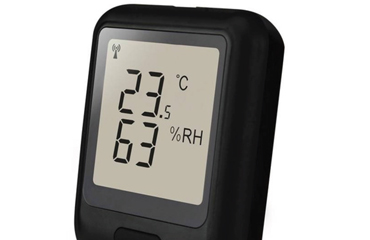Differential Pressure, Temperature & RH Monitoring
Monitors differential pressure, temperature, and relative humidity (RH) to ensure controlled environments meet specifications. Critical for maintaining cleanliness, preventing contamination, and ensuring product quality. Used in industries like pharmaceuticals, cleanrooms, and healthcare. Ensures a stable and safe environment.

Purpose:
Differential pressure, temperature, and relative humidity (RH) monitoring ensures that controlled environments, such as cleanrooms and laboratories, maintain the required conditions for product quality, safety, and regulatory compliance.
How it's done:
- Differential Pressure Monitoring: Measures the pressure difference between two areas, ensuring that clean areas remain clean and contamination is prevented.
- Temperature Monitoring: Tracks temperature levels to ensure they remain within specified ranges, critical for product stability and process control.
- RH Monitoring: Measures the moisture levels in the air, essential for preventing condensation, corrosion, and microbial growth.
Benefits:
- Ensures product quality: Maintains optimal environmental conditions to protect products and materials.
- Prevents contamination: Controls differential pressure to prevent airborne contaminants from entering clean areas.
- Optimizes process control: Ensures temperature and RH levels are within specified ranges, critical for process stability and product quality.
- Compliance with regulations: Meets standards and guidelines for controlled environments, such as ISO 14644 and GMP.
Who performs the test:
Differential pressure, temperature, and RH monitoring is typically performed by trained professionals, such as:
- Validation engineers
- Facility managers
- Quality control specialists
Applications:
- Cleanrooms: Monitoring differential pressure, temperature, and RH to maintain cleanroom classification and product quality.
- Laboratories: Controlling environmental conditions to ensure accurate test results and product stability.
- Pharmaceuticals: Maintaining optimal conditions for product storage, processing, and packaging.
- Food processing: Controlling temperature and RH to prevent contamination and ensure product safety.
By monitoring differential pressure, temperature, and RH, facilities can ensure that their controlled environments meet the required standards for product quality, safety, and regulatory compliance.
Monitor critical parameters – Get started today!
